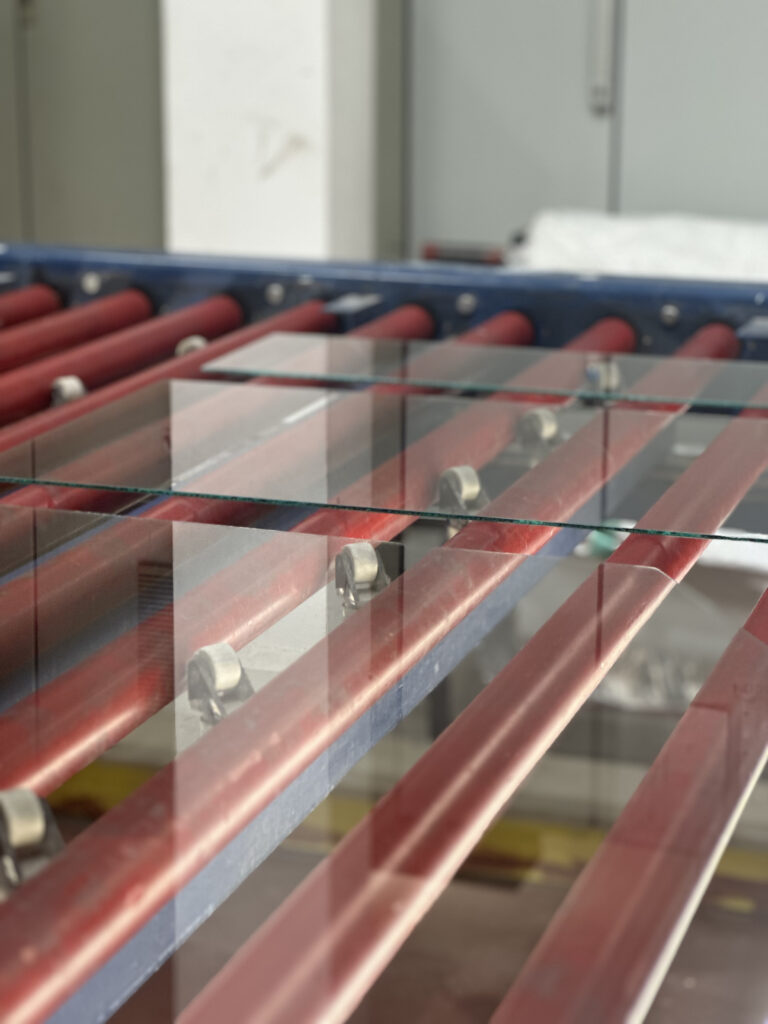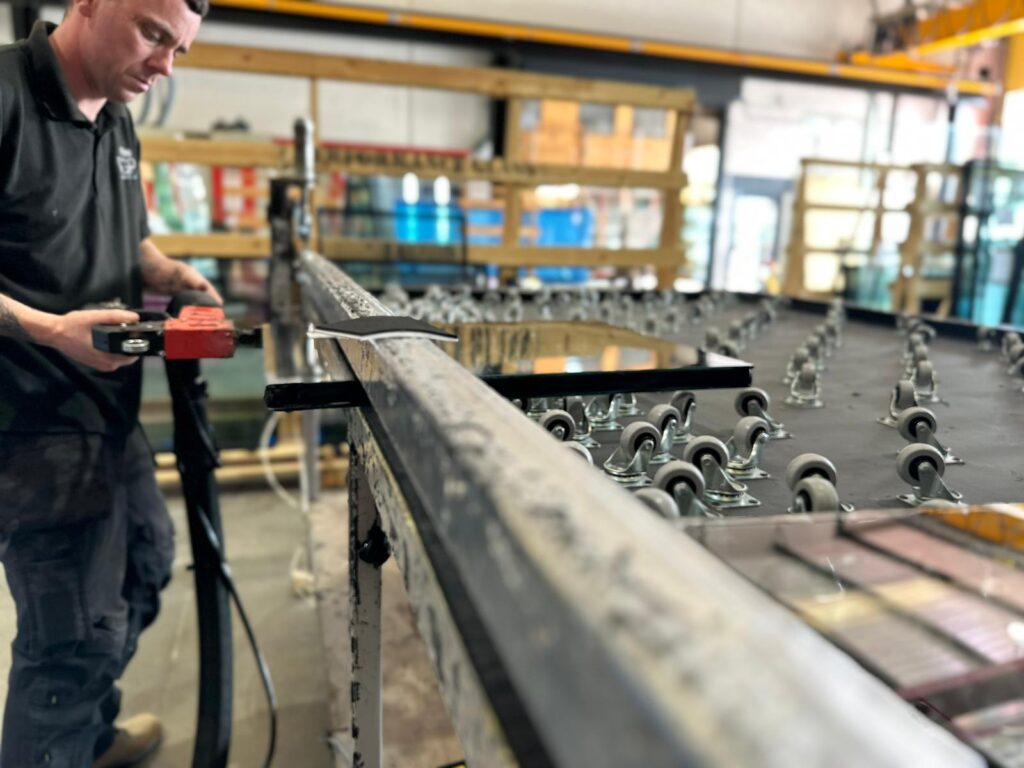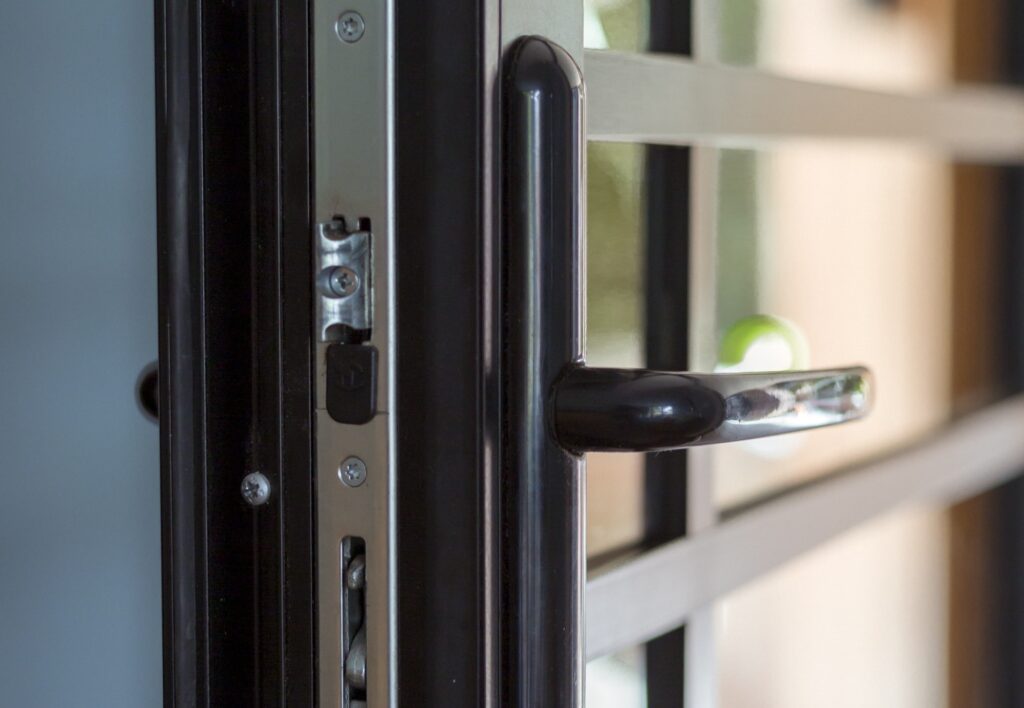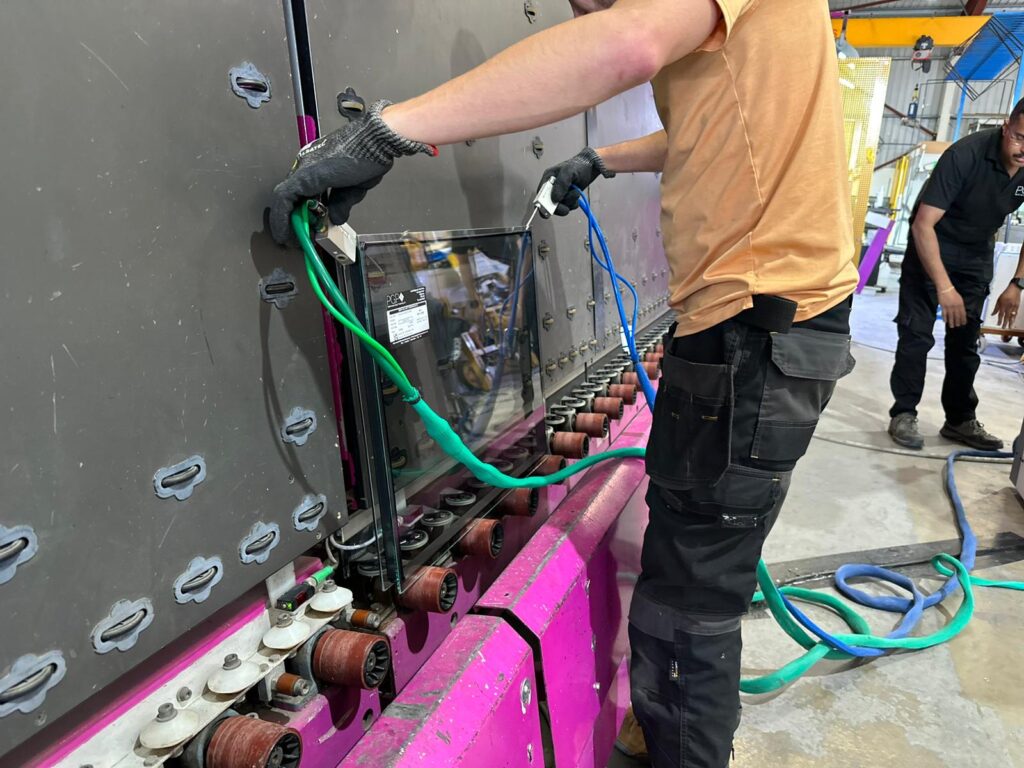Is Glass a Sustainable Material?
Is Glass A Sustainable Material? Glass has been an integral part of life for a long time, serving countless purposes from functional items such as windows and doors to artistic expressions. In our modern era of heightened environmental consciousness, a critical question arises: Is glass a sustainable material? This comprehensive guide talks you through the recyclability of glass and future prospects in a world increasingly focused on eco-friendly solutions. Manufacturing Glass Glass is fundamentally composed of readily available natural resources. The primary ingredients that go into creating this versatile material include: These raw materials are abundant in nature, which contributes to the perception of glass as a sustainable option. However, the extraction of these components, particularly through quarrying, can have environmental implications. The mining process can lead to habitat disruption, soil erosion, and potential water pollution if not managed responsibly. To mitigate these impacts, it is crucial to use sustainably sourced materials or opt for recycled glass. The glass manufacturing process itself is an energy-intensive endeavor. The raw materials are combined and heated to extremely high temperatures, typically around 1500°C (2732°F), in large furnaces. This melting process requires a substantial amount of energy, often derived from fossil fuels such as natural gas. Workers shape the molten glass into the desired form using methods like blowing, pressing, or molding. They then cool and anneal the glass to improve its strength and durability. While the basic composition of glass remains consistent, various additives can be incorporated to alter its properties. For instance: The energy consumption in glass production is a significant factor when assessing its sustainability. However, it’s essential to consider that once produced, glass products can have a long lifespan and are reusable, which can offset some of the initial environmental costs over time. What Makes Glass Sustainable? Glass stands out as a sustainable material due to its remarkable properties and characteristics. One of the most significant factors contributing to its sustainability is its ability to be infinitely recyclable. Unlike many other materials, glass maintains its quality no matter how many times you recycle it. Manufacturers can transform a single glass bottle into a new container over and over again, keeping glass in constant use and making it a highly valuable resource in the recycling loop. Manufacturers make glass using sustainably sourced materials like sand, soda ash, and limestone. These raw materials are abundant and often available locally, which helps reduce the environmental impact of transportation. The combination of these factors—its infinite recyclability, the use of abundant and locally sourced raw materials, and the efficient manufacturing process—makes glass a truly sustainable material. Its ability to be reused multiple times without losing quality further enhances its sustainability profile, making it an excellent choice for eco-conscious consumers and industries alike. Environmental Impact The environmental footprint of glass production is a complex issue that requires careful consideration of various factors. Glass production requires more energy at the outset, but its endless recyclability without quality loss and its non-reactive nature in the environment allow it to offer a more sustainable long-term solution. One of the primary concerns is the substantial energy requirement for glass manufacturing. The high-temperature furnaces used to melt the raw materials consume vast amounts of energy which could exacerbate climate change concerns. However, it’s important to note that the glass industry has been making strides in reducing its environmental impact. Many manufacturers are implementing more sustainable practices, such as: 2. Investing in more efficient furnace technologies and process optimisations to reduce energy consumption. 3. Exploring alternative fuel sources, including biogas and hydrogen, to reduce reliance on fossil fuels. Moreover, when comparing the environmental impact of glass to alternative materials like plastic, it’s crucial to consider the entire lifecycle of the product. Glass production demands more energy at the start, but its infinite recyclability without quality loss and its inert behavior in the environment make it a more sustainable long-term option. Environmental Benefits of Glass Glass offers several environmental benefits that underscore its sustainability. One of the most notable advantages is that recycling glass saves energy and reduces carbon emissions. The process of recycling glass uses significantly less energy compared to producing new glass from raw materials. This reduction in energy consumption translates to lower greenhouse gas emissions, making glass recycling a crucial component in the fight against climate change. Additionally, glass recycling helps conserve natural resources. By reusing existing glass, the need for raw materials such as sand, soda ash, and limestone is reduced. This conservation of natural resources not only minimises environmental degradation but also ensures that these materials remain available for future generations. Glass is 100% recyclable, so manufacturers can recycle every glass container and transform it into a new product. This complete recyclability makes glass a valuable resource that industries can reuse over and over again. Furthermore, glass packaging contributes to reducing waste and promoting sustainability. By choosing glass packaging, consumers and businesses can support the use of recycled materials and help reduce the environmental impact of packaging waste. The glass packaging industry plays a vital role in this effort, continuously innovating to improve the sustainability of glass products. In summary, the environmental benefits of glass—energy savings, reduced carbon emissions, conservation of natural resources, and complete recyclability—make it a sustainable choice for packaging and other applications. Its role in the circular economy further enhances its sustainability credentials, making glass a key material in the pursuit of a more sustainable future. Glass Recycling and Sustainability One of the most compelling arguments for glass as a sustainable material lies in its exceptional recyclability. Unlike many other materials, glass can be recycled indefinitely without any loss in quality or purity. The recycling process for glass is relatively straightforward and offers significant environmental benefits. 1. Collection and sorting Municipal recycling programs or dedicated bottle banks usually collect glass. Workers then sort it by color—clear, green, and brown—to preserve the quality of the recycled product. 2. Cleaning and crushing Contaminants like labels and caps are removed. The glass is then crushed into small
Is Glass a Sustainable Material? Read More »










